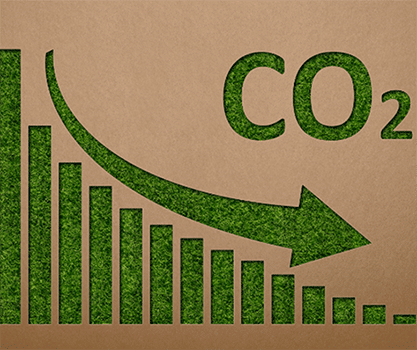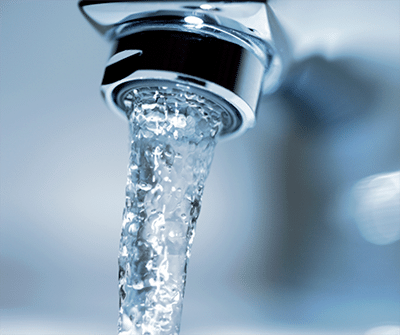As the world becomes increasingly conscious of the need for sustainable manufacturing practices, it’s crucial to examine the environmental impact of various industrial processes, including laser cutting. At Emery Laser, we understand the importance of minimising our ecological footprint while providing cutting-edge laser cutting solutions to our customers. In this blog post, we’ll delve into the environmental considerations of laser cutting processes and how we strive to mitigate their impact.
One of the most significant advantages of laser cutting is its energy efficiency compared to traditional cutting methods. Laser cutting processes, particularly those using fiber lasers, consume significantly less energy than conventional methods like plasma or oxy-fuel cutting. This is because lasers are highly efficient at converting electrical energy into focused light energy, with conversion rates as high as 30-40%.
Moreover, laser cutting systems are often automated, reducing the need for manual intervention and further contributing to energy savings. The precision of laser cutting also minimises material waste, further enhancing its environmental credentials.
Laser cutting is a relatively clean process that generates minimal emissions and waste compared to traditional cutting methods. Unlike processes that involve combustion or chemical reactions, laser cutting relies on the focused energy of light to melt and vaporize the material being cut. This process produces significantly less fumes, particulate matter, and other harmful emissions, contributing to a cleaner working environment and reducing the overall environmental impact.
Additionally, laser cutting generates minimal waste in the form of slag or dross, which are byproducts of traditional cutting methods. The precision of laser cutting ensures that material waste is minimised, further reducing the environmental footprint of the process.

Laser cutting is a highly versatile process that can be used on a wide range of materials, including metals, plastics, and composites. This versatility allows manufacturers to choose the most suitable material for their application, reducing the need for excessive material usage or wasteful overengineering.
Furthermore, laser cutting enables the creation of intricate and complex designs with high accuracy, minimising the need for additional finishing processes. This not only saves time and resources but also reduces the overall environmental impact associated with multiple manufacturing steps.


Traditional cutting methods, such as waterjet cutting, rely heavily on water for cooling and cutting purposes. This can result in significant water consumption, which can be a concern in areas with limited water resources or during periods of drought.
In contrast, laser cutting is a dry process that does not require any water for cooling or cutting. This not only reduces water consumption but also eliminates the need for water treatment and disposal, further minimising the environmental impact of the process.
Laser cutting produces clean, precise cuts with minimal material deformation or contamination. This makes it easier to recycle or reuse the cut materials, as they are less likely to be contaminated with byproducts or residues from the cutting process.
Additionally, the high precision of laser cutting allows for the creation of intricate designs and patterns, enabling the production of components with complex geometries that would be difficult or impossible to achieve with traditional cutting methods. This can lead to the development of more efficient and sustainable products, further contributing to a greener future.
As demand for laser cutting grows across Australia, it’s crucial that we embrace sustainable manufacturing methods like this innovative technology. Laser cutting’s energy efficiency, low emissions, water conservation, material optimisation and recyclability make it an eco-friendly solution for the future.
At Emery Laser, we’re proud to offer laser cutting as a green alternative for Australian manufacturers. By choosing our services, you’re not only getting superior cutting quality and capabilities, but also making a positive impact on the environment. Join us in building a more sustainable manufacturing industry for Australia.
References:
https://www.jqlaser.com/laser-cutting-and-the-environment-sustainability-considerations/
https://www.sciencedirect.com/science/article/pii/S1875389214002491/pdf?md5=f04c6775ae23569868cb0032ce4bcb36&pid=1-s2.0-S1875389214002491-main.pdf
https://www.spectrumlaser.com.au/blog/sustainability-in-laser-cutting
https://laser24.co.uk/news/how-eco-friendly-is-high-speed-laser-cutting/